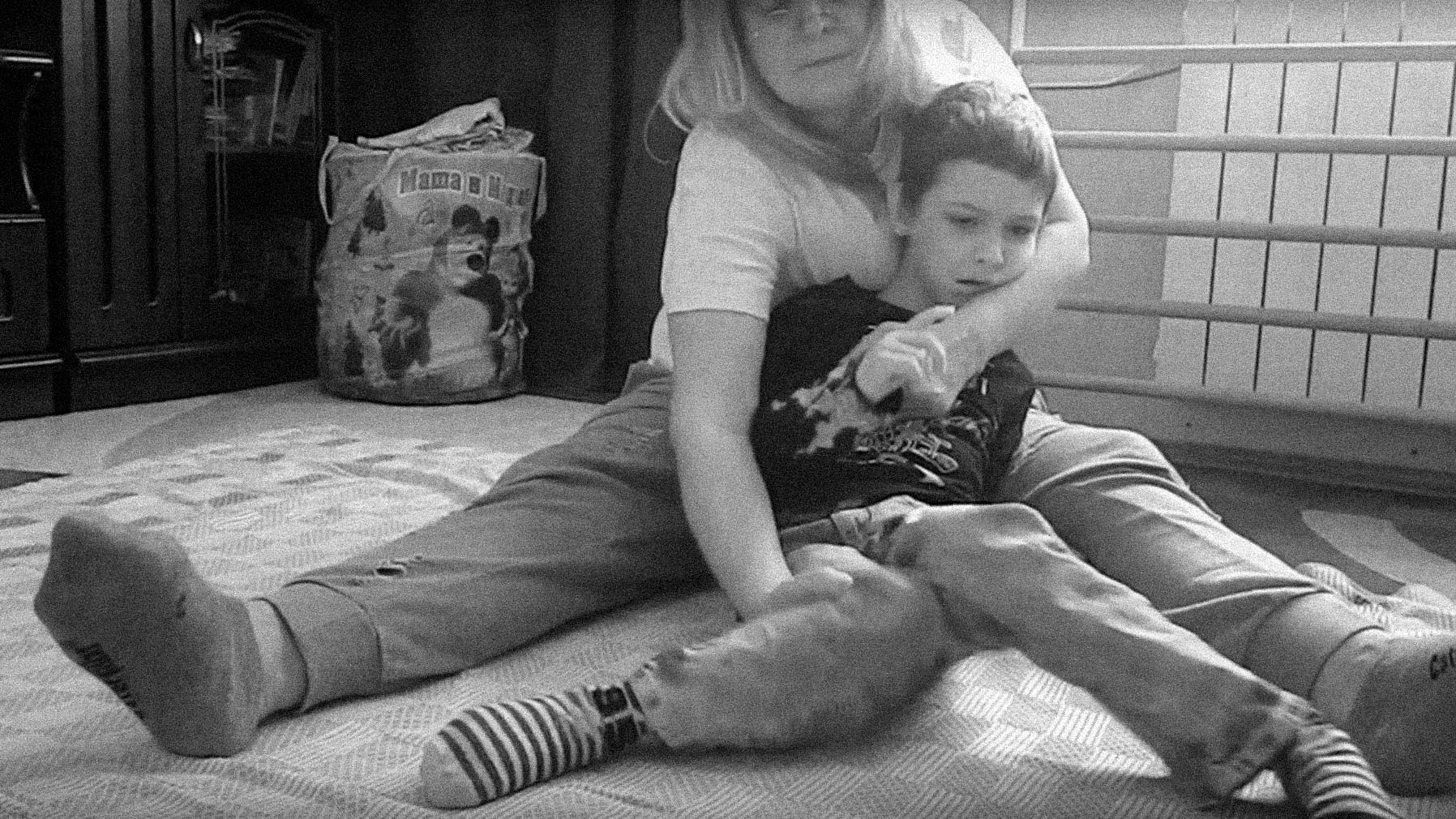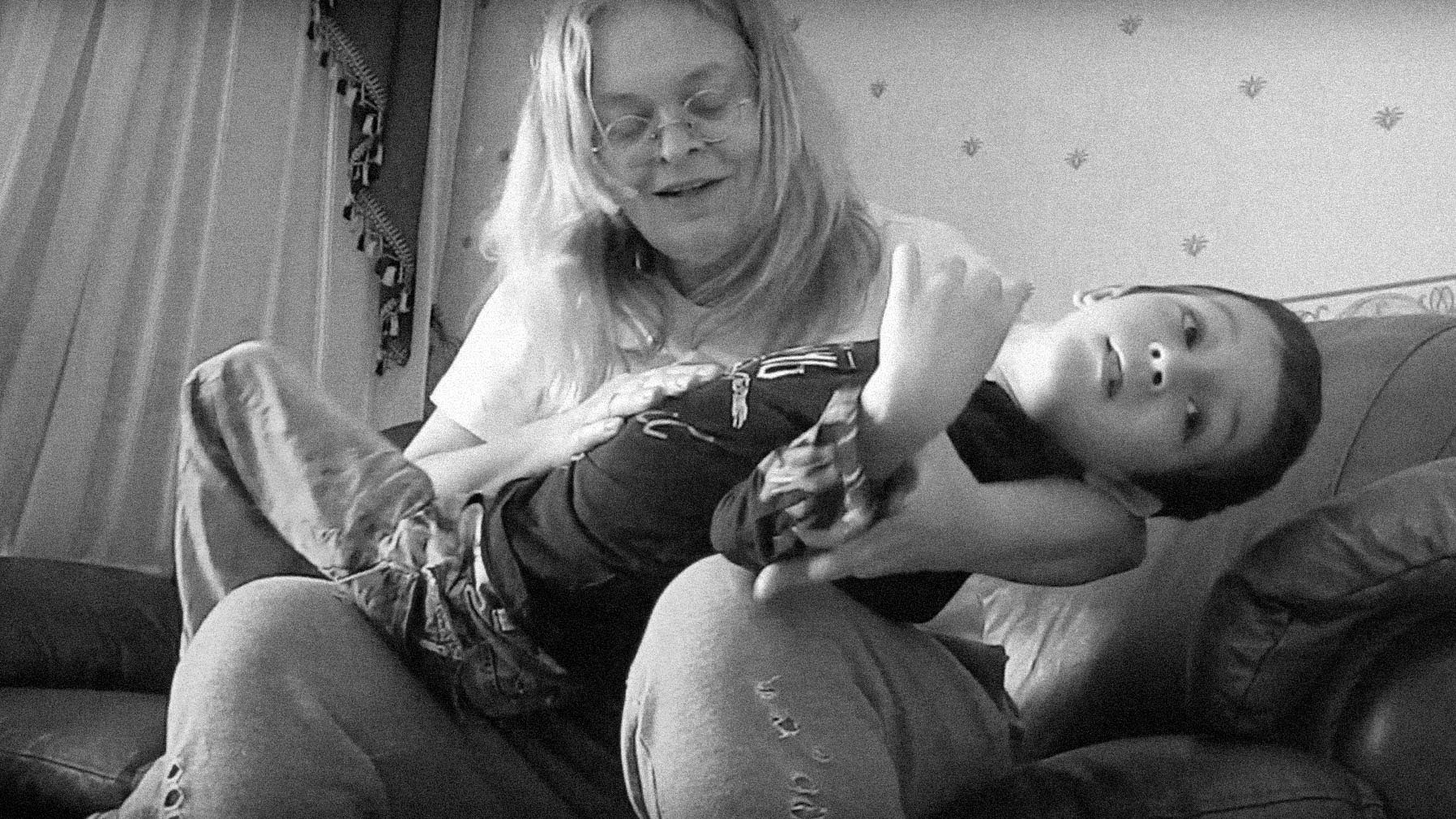Historia

Seva
I once asked Seva’s mother for videos and photos – to see which lessons are most important to him. To meet his first needs, these, from which satisfaction influences his further development. He’ sitting and stroking the cat. In the next film Seva is still sitting, but no longer stroking the cat. Seva is lying. Seva is moving his jaw to force the head to move.
Brain cerebral palsy is not a disease, it is an event in the child’s life that causes changes in the brain. This will lead to a different development. If we focus on trying to force a child into what we think is a normal state for him, a developmental pattern known to us, then if that was not the case, then paradoxically instead of helping the child, we do harm. We can slow down his own personal development, or even impose him our motives, our imagination about what his development should look like, to prevent his own, the only development path available to him at the moment.
Shortening or stretching muscles can increase spasticity and hyperkinesis. Because the problem is not in the muscles. It’s the nervous system, which can not cope with adjusting the force to the stimulus. So maybe the lessons should start with that. From showing the nervous system the micro movements, the slightest changes in slow motion. So that the spasticity itself disappears, and the feeling of well- being increases so that the nervous system has time to observe what is good for it and what is not. And then change it by itself, dissolve the old motion pattern and replace it with a new one. Own. The only unique, available only to him.
What is the most important thing for Seva? Feeling more comfortable. To lie down. To lie so that the head and the pelvis are at the same time lying on the floor. And to lie down, so he can move his head. It is possible to make small, slow motion without fear that it will cause a series of uncoordinated movements independent of his will. So the muscles that are over- spastic did not hurt. To be relaxed. So that the joints could stretch. To make more precise hand movements. For a child to develop, he must believe that it is possible. He must want it. In the lessons we do together, we focus on the present moment. The future is only distraction. It makes us, instead of seeing what is possible now, fixated on some future goals. How to increase the feeling of well- being at this moment. And so that feeling of well-being had the power to make Seva’s own exploration of his body, to know himself. To be a flywheel in his personal development. In these lessons I often lost myself because I did not know who was the teacher and who was the student. It was usually Seva who taught me how and where I should rely on my role as a movement teacher. Seva is a good and patient teacher. He has great deal of love and understanding in himself.
He taught me how important change is. Non- integrated letter C. Positions when the head and pelvis give C-shaped body. To allow Seva to learn how to breathe freely, the nervous system must deal with how to set both the head and the pelvis against each other. Otherwise, any attempt to change position can damage the skeleton and make breathing difficult. Seva taught me that breathing lessons are a basic lesson not only for him, but for all of us. And the diaphragm, because it is in constant motion, is the dominant muscle and determines our psychophysical condition. And that all movement lessons should begin with the breathing lesson. Seva taught me not only how to be a better teacher for him, but also that this scheme of development affects not only him. Like snowflakes – each is different, but in this variety there is some repetition. And how important is that in the process of learning not to disturb what is his own, unique.
Seva is a living lesson about how humility leads to power. Forced to humility by his own body, which is sometimes a obstacle, and sometimes a cage to him, has made the people who work with him ready for the signals from the experience of a child. It is hard t find greater humility for a therapist with many years of experience than to learn the path of help from a little boy.


